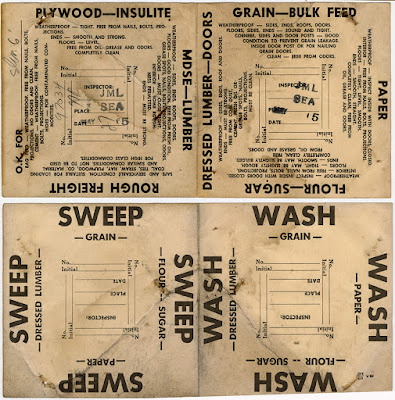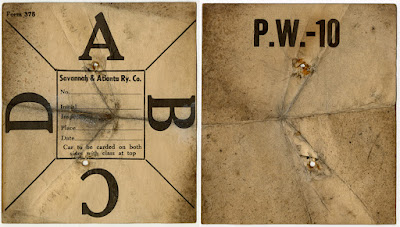This year’s annual meeting of the Southern Pacific Historical & Technical Society was held last weekend in Bakersfield. It was an enjoyable meeting, buoyed by the attendance of 140, a considerable advance over last year’s meeting in Modesto which only drew 75. Many organizations around the country are reporting slow attendance recoveries like this from the pandemic years, so I guess we are in that pattern too.
A notable feature was the large and quite busy vendor and sales room. Some sellers we haven’t seen for awhile were there, and we saw some intriguing new products (the most notable ones will be the subject of a separate post or posts). Here’s a view of the room:
Clinics were presented in a quality program, an aspect I always enjoy, because I learn a lot every time. A notable speaker was Jean-Guy Dubé, the arctitectural draftsman who has been measuring and recording a number of SP depots in blueprint form. He used as his introductory slide, the cover of his beautiful book which collects some of those drawings.
I should mention that I also gave a talk, combining my Model Railroad Hobbyist articles from January and October of this year, to speak about SP heavyweight and lightweight sleeping cars. There’s a handout for the talk here: https://modelingthesp.blogspot.com/2023/10/handout-for-passenger-car-talk.html .
The model display was also excellent this time. I really liked a number of the entries. The one I think I like best was this re-creation of the Arrowhead Water tank car, often called “the water bottles,” for obvious reasons. It was 3-D printed by A.J. Chier. This model is just like the prototype photos.
Another entry that got me thinking was this nice modification of the Walthers 25-ton crane, a type the SP owned in some numbers. In fact, this model suddenly made me think, “Haven’t I got a kit for this model in my storage somewhere? I could do one of these too!” Can’t beat that for inspiration. (Sorry my photo cuts off the end of the boom.) I found out later the model is by Jason Hill.
Another interesting model entry was among those placed in the Saturday-morning only “Railroad Prototype Modelers” meet, open to the local modeling community, SP or otherwise, without convention registration. I think this broadening of the meeting with an RPM event was a great idea, if for no other reason that it provide more nice models to look at!
That specially interesting entry was from Charlie Slater, who brought this Santa Fe Class Ft-X flat car. Both the ready-to-run car and the transformer load are from Class One Model Works, except Charlie removed some boards from the end deck, as he has seen shippers do, so that hold-downs could be welded right to the car frame. The boards were then left loose on the car, and could be re-bolted in place at a later date. You can click to enlarge.
All in all, a nice variety of events in the meeting (marred only by a substandard banquet speaker), lots of camaraderie with the good attendance, and even nice weather, something for which Bakersfield is not normally known. I liked it. If you’ve never attended a meet like this, I encourage you to try one. You would probably like it too.
Tony Thompson


















































